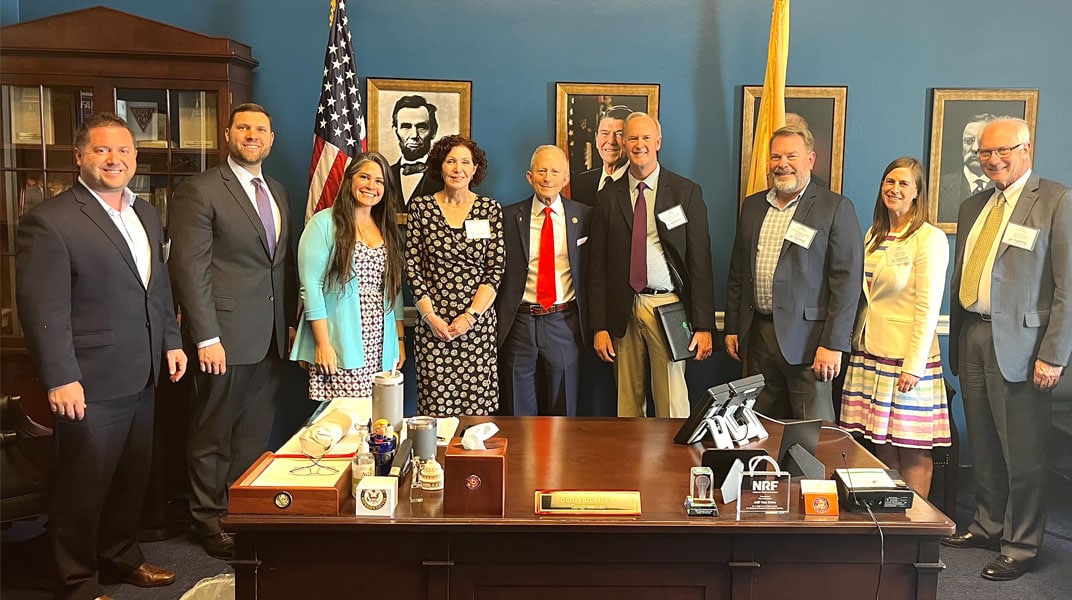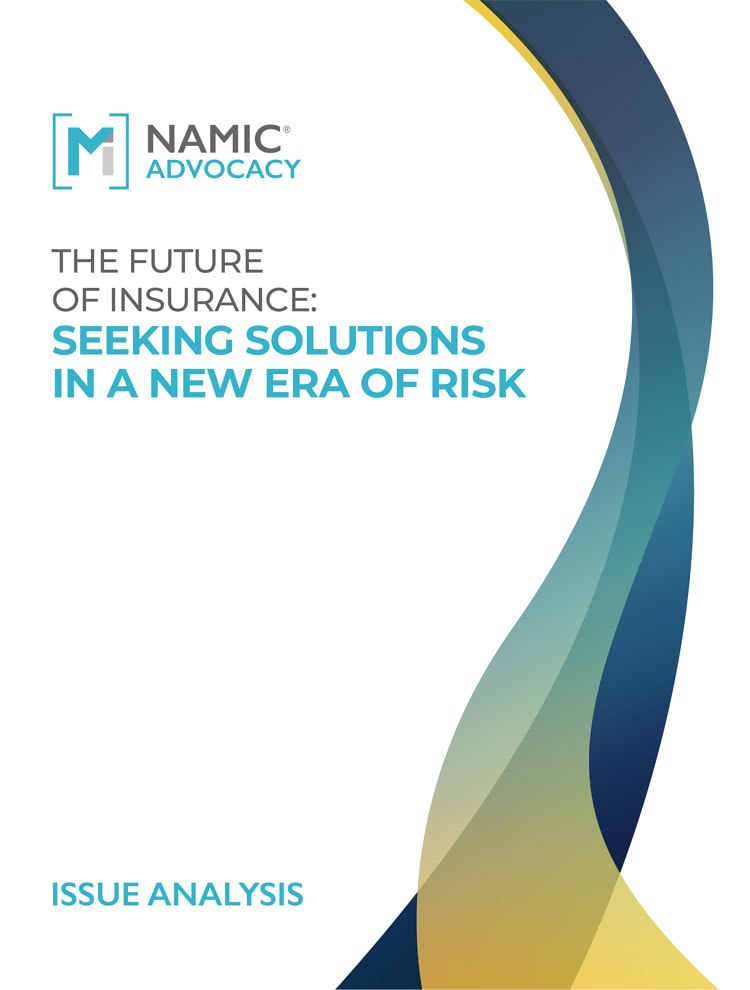
Political Involvement Programs
Make your voice heard! Join with other NAMIC members to speak out on the issues that affect your company and our industry.
Big Data, Artificial Intelligence, and Risk-Based Pricing: Dispelling Five Common Myths
A myth is consistently defined as an unfounded or false notion. Myths have captured humanity and been prevalent in societies…
The Future of Insurance: Seeking Solutions in a New Era of Risk
People are facing a riskier world than ever before. While they look to insurance companies to help protect against those…
Financial Examinations in the Post-Covid Era
Financial solvency regulation in the insurance industry has experienced monumental changes since the global financial crisis of the late 2000s.…



